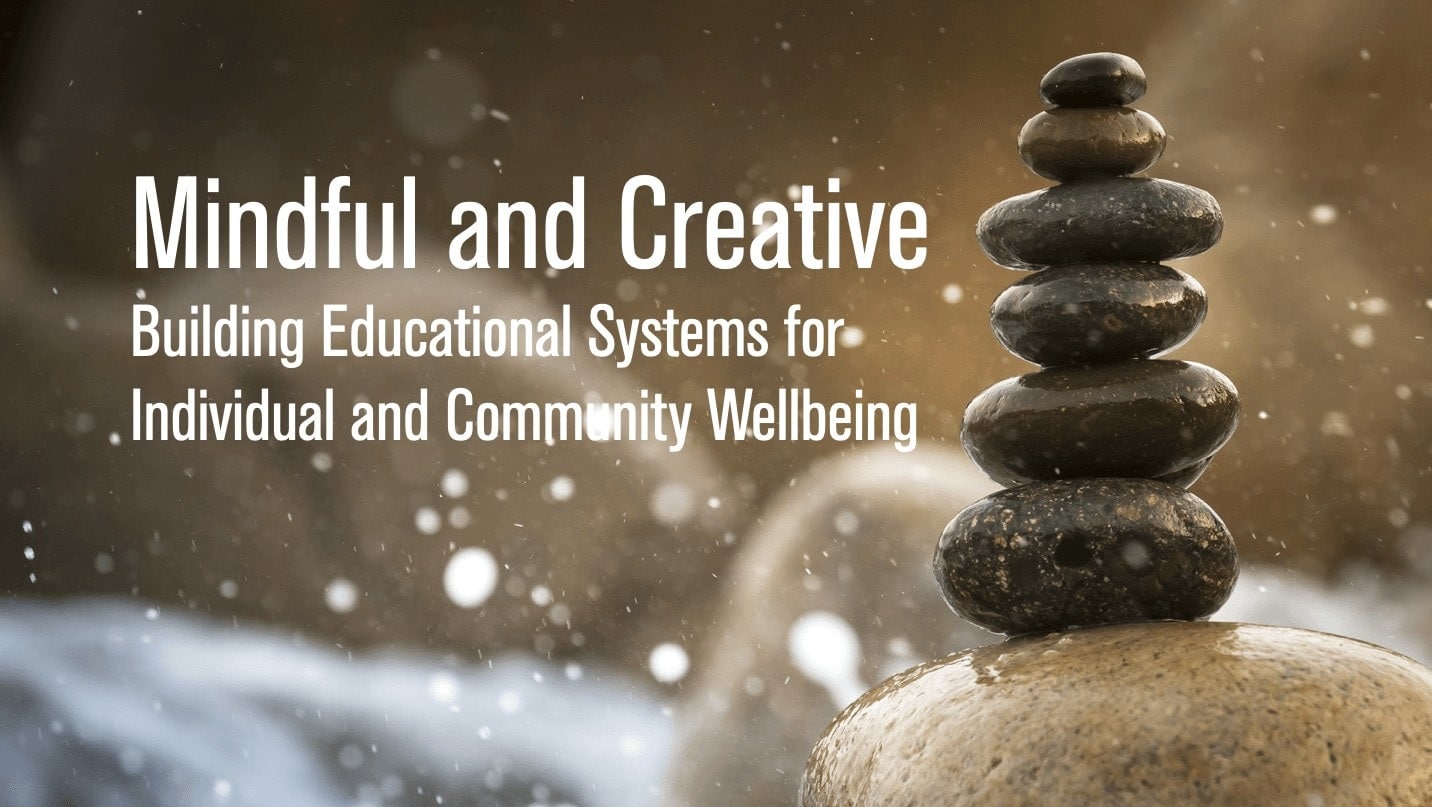I have written quite a bit about how a technology can become an educational technology (see this, this, this and this). This is a non-trivial task that all educators face, and requires situational creativity in re-purposing / re-designing the existing tool to meet classroom / pedagogical needs. In this posting I would like to describe one current experiment with micro-blogging that we conducted in my CEP917 doctoral seminar. As the wikipedia article says, Micro-blogging
is a form of multimedia blogging that allows users to send brief text updates (say, 140 characters or fewer) or micromedia such as photos or audio clips and publish them… The content of a micro-blog differs from a traditional blog due in that it is typically more topical, smaller in aggregate file size (e.g. text, audio or video) but is the same in that people utilize it for both business and individual reasons.
As expected, the experiment was interesting…
To give some context to this experiment, I would like to point to the controversy surrounding the use of laptops in classrooms. There have been news stories about professors banning their use in classrooms. For some recent stories see this and this. There are others who have been somewhat more creative with the ban than others (see this story for instance). I have written about it as well, here and here.
In general my stance has been that having laptops in the classroom is neither a good or bad thing. It really depends on how the classroom is structured and what students are supposed to do with it. In a previous posting I had written the following
What I have found though is that having students with their laptops with wireless internet access, enriches my classes in ways I could not have imagined. More often than not, I find students conducting Google searches, tracking down articles, nailing down obscure facts, in ways that directly connect to what is being discussed in class. My students often share what they have found with me and the other class-participants.
I see no reason to be threatened by this, in fact I believe that this enhances student engagement with the ideas, and that is always a good thing.
The fact of the matter is that students can goof off even when there is no technology (as I did and continue to do so at meetings) when the topics being discussed appear irrelevant and/or boring. This just raises the bar for us as instructors, pushing us to try harder to make our classes interesting, challenging and engaging.
So the question becomes how can we use the fact that students bring laptops to their classes to increase their engagement with ideas. One possible solution was offered to me by one of my students (Noah Ullmann) in my 917 doctoral seminar. As a class assignment Noah was looking at possible educational uses of micro-blogging. He thought that micro-blogging could be used by students to take notes during class, and he was thinking of using Twitter as a possible solution. After more thought, though, it appeared that it may be more fruitful to have some kind of “shared” micro-blogging platform that would allow ALL the students to participate in taking notes, making comments etc. A bit of research led to a couple of other tools: Edmodo and todaysmeet. We finally decided to go with TodaysMeet – given how easy it was to set up and use. So yesterday, the whole class signed up on TodaysMeet and blogged during the entire class discussion and activity. You can see a transcript of the entire discussion here.
So how did it go? A couple of quick thoughts. First, I had less control over the discourse of the class. For instance, it appeared that there were two discussions going on, one face to face and the other online. Since I did not have my laptop open, I was somehow cut of the latter. Second, despite this seeming lack of control, I did feel that the class as a whole was engaged with the issues and topics at hand.
At the end of the class, upon being quizzed, the students seemed to feel that this experiment had been a success and would like to do it again. However, as an instructor I was not as sure. I felt that the pedagogical move of going from a technology to an educational technology had not really be completed, the circle had not been squared. what I mean by this is that, as the instructor, I have not yet figured out a way to bring the micro-blogging activity back to the class. It seemed to exist in this little bubble by itself, apart from what was going on in the classroom.
I have some ideas about how this can be fixed … but that, I guess will be another posting.


twitter and others are no doubt nice, but I always wanted to bring in a concept to microblogging !
I hereby post a Review-Request for http://www.emote.in ,
A microblogging service; which is a platform to –
1. Make yourself heard, comment on news, stories and current affair.
2. Share your experiences, memories and events with your friends and family.
3. Connect with different people with similar emotional attributes as yours.
(eg: if attrocities on animals make you sad, connect with others who share the same feeling)
4. Jot-down your experiences. You usually have so many things to say – a constant stream of thoughts, comments and observations running through your head continuously.
5. Last but not the least, has everything (and much more) that twiiter has.
6. A wonderful timeline coming shortly (in few weeks)